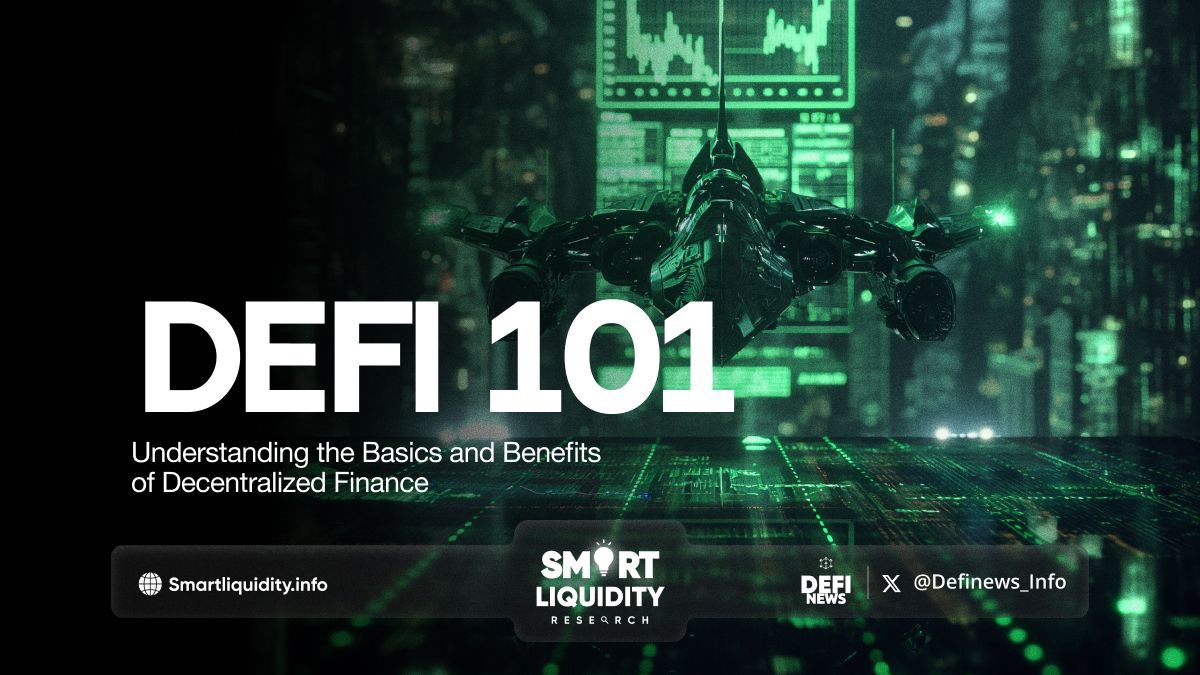DeFi 101: Understanding the Basics and Benefits of Decentralized Finance


DeFi 101: Understanding the Basics and Benefits of Decentralized Finance! The world of finance is undergoing a significant transformation, driven by technological advancements and innovative concepts. One of the most revolutionary developments in recent years is Decentralized Finance, commonly known as DeFi.
This article aims to provide a comprehensive understanding of DeFi, its basics, and its benefits.
What is DeFi?
DeFi refers to a decentralized financial system built on blockchain technology. Unlike traditional financial systems that rely on centralized institutions such as banks and exchanges, DeFi operates on a decentralized network of computers, eliminating intermediaries and providing more transparent, accessible, and secure financial services.
Key Components of DeFi
- Blockchain Technology
The backbone of DeFi is blockchain, a distributed ledger technology that ensures transparency and immutability of transactions. Ethereum is the most popular blockchain for DeFi applications due to its smart contract functionality. - Smart Contracts
These are self-executing contracts with the terms of the agreement directly written into code. Smart contracts automatically execute transactions when predefined conditions are met, reducing the need for intermediaries and increasing efficiency. - Decentralized Applications (dApps)
DeFi applications, or dApps, run on blockchain networks and provide various financial services such as lending, borrowing, trading, and investing. Examples include Uniswap for decentralized trading and Aave for decentralized lending and borrowing. - Stablecoins
These are cryptocurrencies pegged to a stable asset like the US dollar, providing a stable store of value and medium of exchange within the DeFi ecosystem. Examples include USDC and DAI.
Benefits of DeFi
- Financial Inclusion
DeFi opens up financial services to anyone with an internet connection, particularly benefiting those in regions with limited access to traditional banking. - Transparency
All transactions on a blockchain are publicly recorded and verifiable, reducing the risk of fraud and increasing trust in the system. - Security
DeFi eliminates the single point of failure present in centralized systems, making it more resilient to hacking and other security breaches. - Efficiency
Automated processes through smart contracts reduce the need for manual intervention, speeding up transactions and lowering costs. - Control
Users retain full control over their assets without relying on third parties, providing more autonomy and reducing counterparty risk.
Challenges and Future Prospects
While DeFi offers numerous advantages, it also faces challenges such as regulatory uncertainty, scalability issues, and the need for more user-friendly interfaces. However, ongoing innovation and development in the DeFi space are expected to address these challenges, paving the way for a more inclusive and efficient financial system.
In conclusion, DeFi is reshaping the financial landscape by leveraging blockchain technology to provide decentralized, transparent, and accessible financial services. As the ecosystem continues to evolve, it holds the potential to democratize finance and empower individuals worldwide.
REQUEST AN ARTICLE
DISCLAIMER
“The information provided on this platform is for general informational purposes only. All information on the platform is provided in good faith; however, we make no representation or warranty of any kind, express or implied, regarding the accuracy, adequacy, validity, reliability, availability, or completeness of any information on the platform.”




